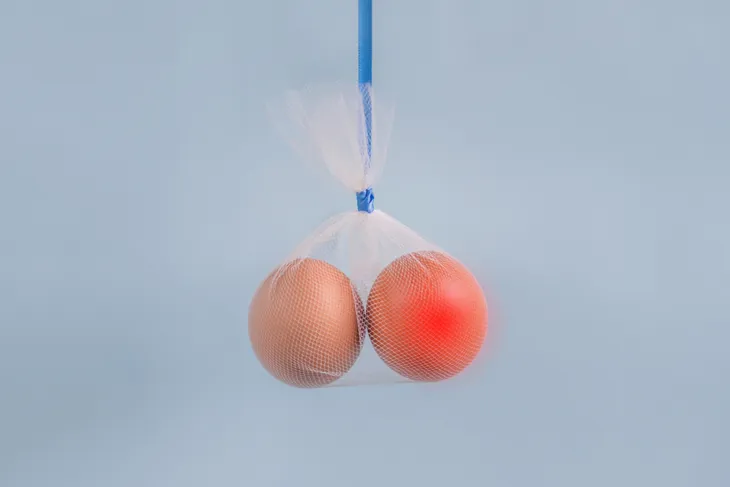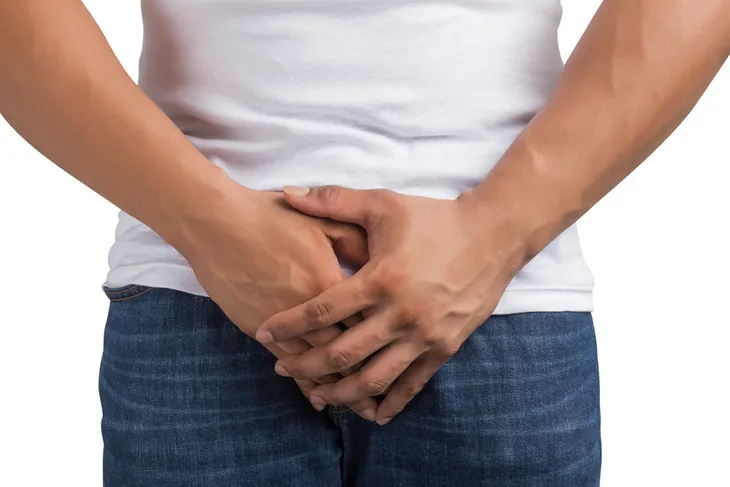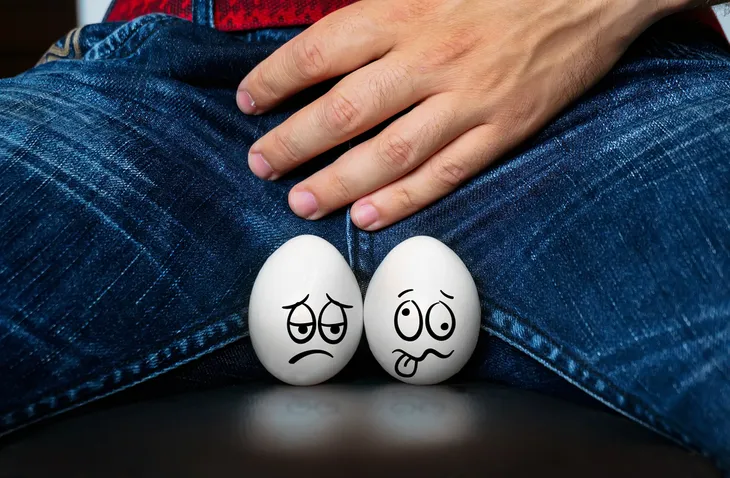We often hear that prostate cancer is the big killer among males, but testicular cancer is actually the leading cancer in men aged 15 to 35, according to the Testicular Cancer Awareness Foundation. While it’s very prevalent, testicular cancer not very talked about, notes the foundation.
However, awareness can definitely save lives. For instance, the survival rate is more than 95-percent when testicular cancer is detected early. It just so happens that April is recognized by Testicular Cancer Society as Testicular Cancer Awareness Month, so here are six things to know about this deadly killer among teens and men…
1. Testicular Cancer Can Develop at Any Age
While half of the cases fall into the 20 to 34 age range, males of any age can develop this disease, according to the American Cancer Society. That includes seniors and even infants, according to the organization.
The most common form of this cancer in infants is called Yolk Sac Carcinoma, because of the resemblance of the tumors to the yolk sac of a human embryo, explains the society. The source notes that this type of cancer in children is often treated successfully and responds well to chemotherapy.
2. It Can Cause Lumps Elsewhere on your Body
While the most obvious sign there could be a problem is a lump on a testicle (usually the size of a pea or larger), the cancer cells can spread to other lymph glands in your body, explains CancerResearchUK.org.
There have been documented cases of discovering testicular cancer through a lump in the neck and elsewhere. However, keep in mind that a lump in a testicle is by no means proof it’s cancer. One clinic in the UK discovered that only 76 of 2,000 men with a testicular lump actually had testicular cancer. Your doctor will be able to judge with non-invasive tests.
3. There are Specific Risk Factors
The American Cancer Society notes that aside from age, there are several risk factors to watch out for regarding testicular cancer. One of those factors is having an undescended testicle (a condition known as cryptorchidism), which occurs about 3 out of 4 times in the affected testicle (as 1 in 4 occurs in the normal testicle, notes the website).
Other risk factors include genetics (if you have a close relative with the same cancer), HIV infections, and even race. The society notes that in the U.S., white men are more likely to develop testicular cancer than any other ethnicity. If you’re tall, that apparently adds more risk.
4. Testicular Cancer Can Develop Slowly or Quickly
There are two types of testicular cancer, which are known as seminomas and nonseminomas. About 45-percent of cases are known as “pure seminomas”, according to CancerResearchUK.
Both types of these cancers develop from germ cells (that produce sperm) in the testes, according to the site. Seminomas tend to be slow-growing and affect men in their 30’s or even 40’s, while non-seminomas are more common and can spread more quickly.
5. It Can Boost Estrogen in Men
Men have both testosterone and estrogen in their bodies already (estrogen increases as they age), but having a testicular tumor can actually increase the amount of estrogen, a hormone that is normally associated with women.
The result can be gynecomastia, which is known in non-medical terminology as “man boobs”. However, gynecomastia itself does not mean there’s evidence of testicular cancer. To find out more about this condition, read another one of our recent articles on gynecomastia.
6. You Can Function Normally After Treatment
According to Planned Parenthood, 99-percent of all cases only affect one testicle. This means the remaining testicle can do the work of both in terms of hormones for a variety of functions—from growing a beard to maintaining a healthy libido.
The organization assures men not to worry about losing their “masculinity” due to treatment. If appearance of the scrotum (which houses the testicles) is a concern, a synthetic testicle can be an option, notes the Planned Parenthood website.









